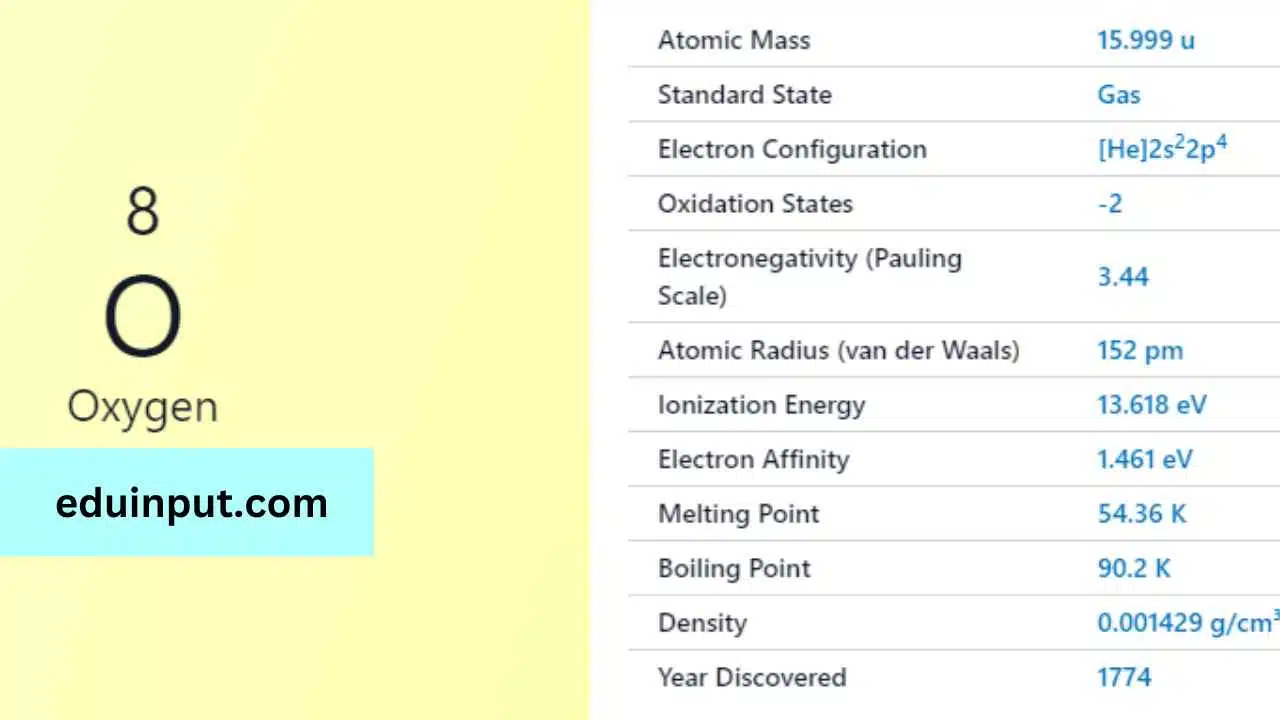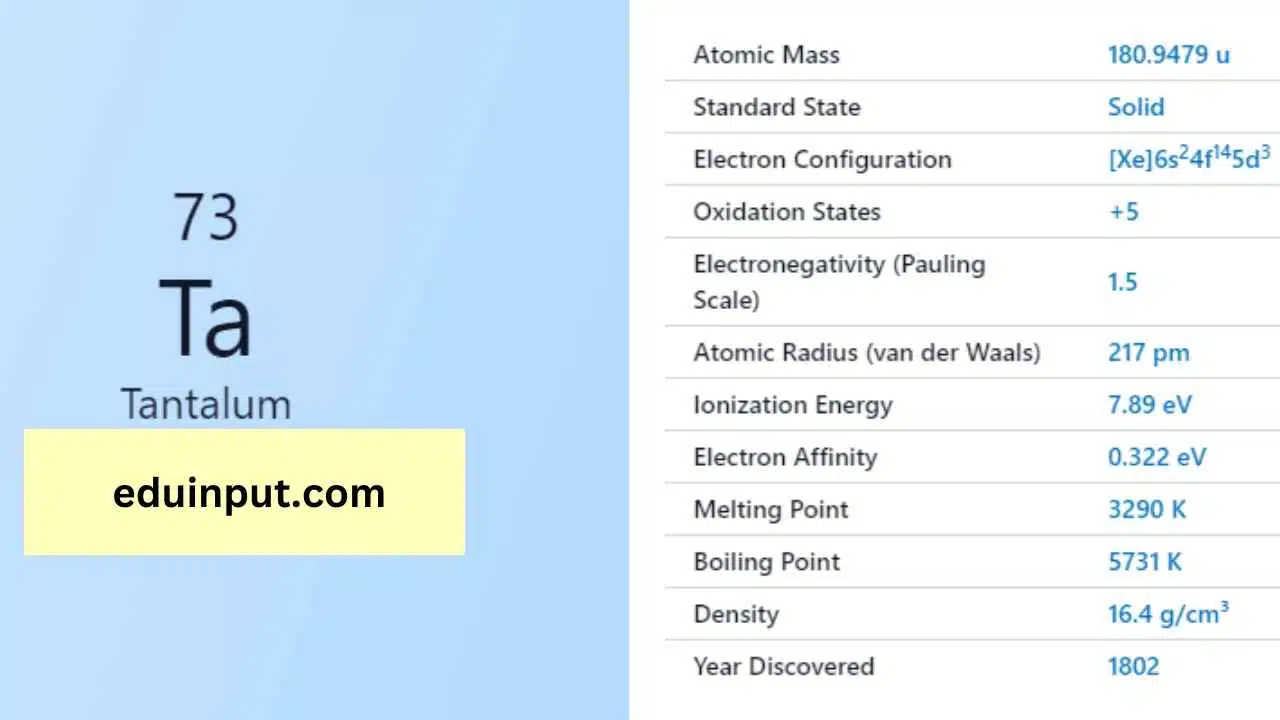Gallium-Discovery, Properties, And Applications
Gallium is a chemical element with the symbol Ga and atomic number 31. It is a soft, silvery-white metal that melts at a relatively low temperature of 29.76°C (85.57°F). Gallium is a post-transition metal in group 13 of the periodic table, and it is similar in properties to its neighboring elements, aluminum, and indium.

| Property | Value |
| Name | Gallium |
| Symbol | Ga |
| Atomic number | 31 |
| Relative atomic mass (Ar) | Group in the periodic table |
| Standard state | Solid at 298 K (melts above this temperature) |
| Appearance | Silvery white |
| Classification | Metallic |
| Group in periodic table | 13 |
| Period in the periodic table | (none) |
| Block in the periodic table | 4 |
| Block in periodic table | p |
| Shell structure | 2.8.18.3 |
| CAS Registry | 7440-55-3 |
Discovery
Gallium was discovered by French chemist Paul-Émile Lecoq de Boisbaudran in 1875, while he was analyzing a sample of zinc blende. He observed a new green line in its spectrum, which he identified as being caused by a new element. He named the element gallium after the Latin word Gallia, which means France.
Physical Properties
Gallium is a soft, silvery-white metal that has a low melting point of 29.76°C (85.57°F) and a boiling point of 2,403°C (4,357°F). It is a relatively dense metal with a density of 5.907 g/cm3. Gallium is a malleable and ductile metal, and it can be easily cut with a knife.
Chemical Properties
Gallium is a highly reactive element, and it readily reacts with oxygen and water vapor in the air to form gallium oxide (Ga2O3). It also reacts with many other elements, including chlorine, fluorine, and sulfur, to form gallium compounds. Gallium is not found in nature as a free element, and it is typically extracted from bauxite and sphalerite ores.
Facts
- Gallium is one of the few metals that is liquid at room temperature.
- Gallium has a high boiling point compared to other metals that are liquid at room temperature, such as mercury and cesium.
- Gallium is used in semiconductors, LEDs, and solar cells.
- Gallium is used in some medical applications, such as in radioactive tracers for imaging and in some cancer treatments.
Applications
Gallium is used in a variety of applications due to its unique properties. Some of its most common applications include:
- Semiconductors: Gallium is used in the production of semiconductors, such as transistors, diodes, and integrated circuits. Gallium is often used in combination with arsenic, indium, and phosphorus to create various types of semiconductors.
- LEDs: Gallium is used in the production of LEDs (light-emitting diodes). Gallium nitride is a popular material for producing blue and green LEDs, and it is also used in white LEDs.
- Solar cells: Gallium is used in the production of solar cells, specifically in thin-film photovoltaic cells. Gallium is often used in combination with other materials, such as copper, indium, and selenium, to create thin-film solar cells.
- Medical applications: Gallium is used in some medical applications, such as in radioactive tracers for imaging and in some cancer treatments. Gallium-67, a radioactive isotope of gallium, is used to detect inflammation and infection in the body.
Gallium is a unique and versatile metal that has many important applications in technology and medicine. Its low melting point, high boiling point, and reactive nature make it an ideal material for use in semiconductors, LEDs, and solar cells. Gallium’s use in medical applications also shows promise for future advancements in healthcare.







Leave a Reply